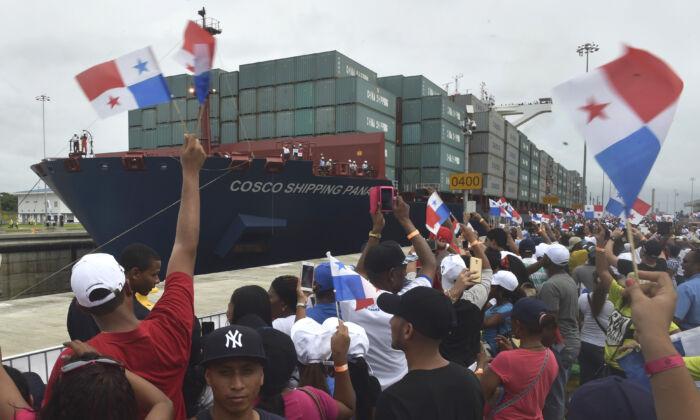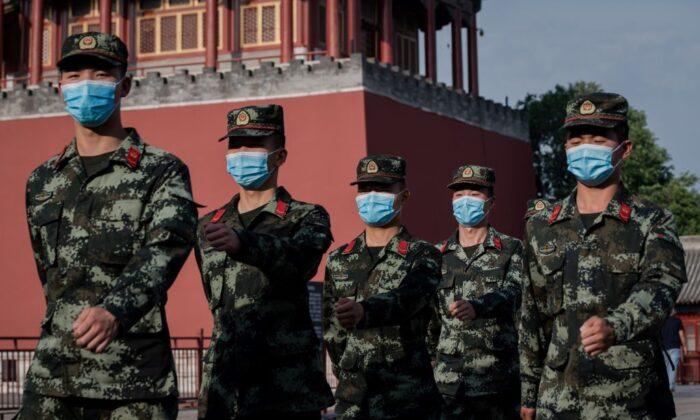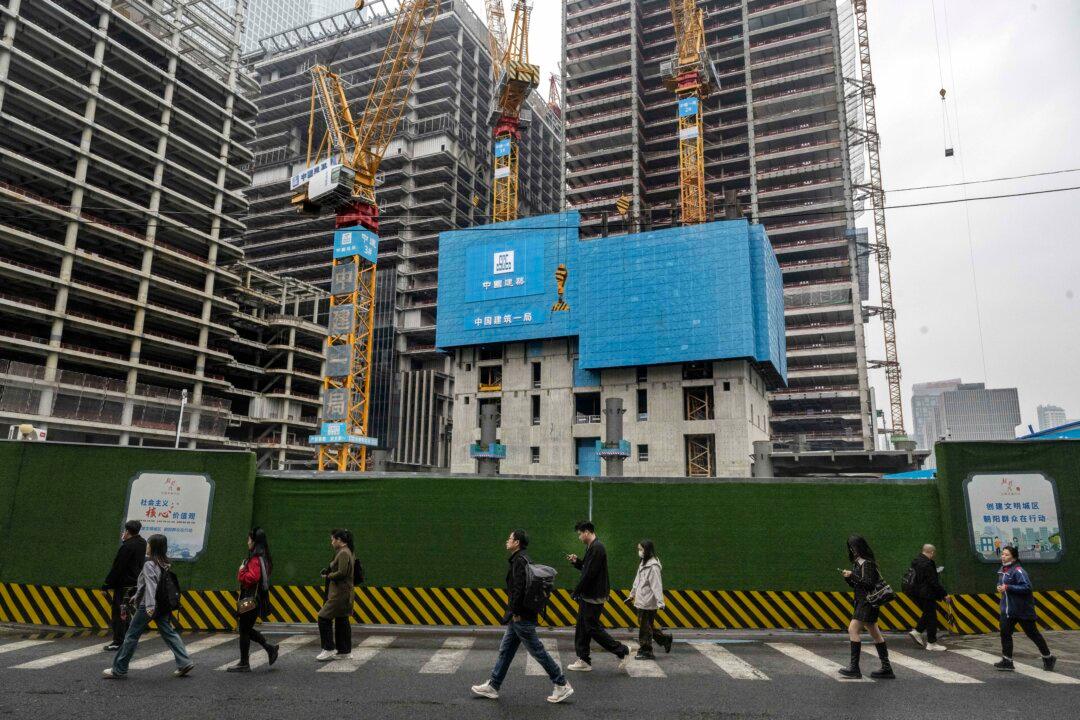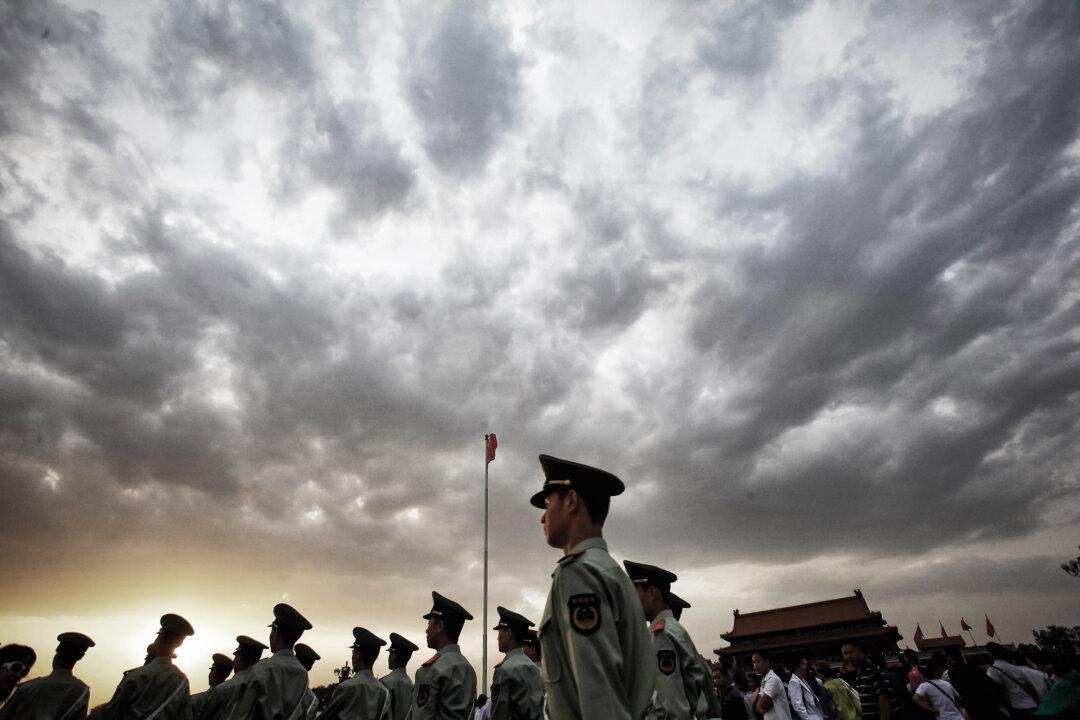Commentary
President Donald Trump is right to highlight that China’s control over key chokepoints and technology in and around the Panama Canal poses a significant national security threat to the United States.
“China is clearly trying to gain [a]
positional advantage to secure their economic interests right in our neighborhood,“ and this is evident in Panama,” Adm. Craig Faller, then-Commander of U.S. Southern Command, stated during a Department of Defense press briefing on March 11, 2020.
He said Panama is “a strategic ally of the United States ” and that the Panama Canal, a critical asset, represents “key terrain.”
He pointed out that the Chinese Communist Party (CCP), under the previous Panamanian administration, signed around 40 agreements and secured active port deals on both sides of the canal.
The Panama Canal is a vital economic and strategic artery, handling more than 1,000 vessels and over 40 million tons of goods each month, accounting for roughly
5 percent of global maritime trade. With two-thirds of its commercial traffic linked to the United States, the canal is crucial to the
U.S. economy and national security. It also serves as a critical route for the
U.S. Navy to move ships and submarines between the Atlantic and Pacific Oceans, a key capability in preparing for potential conflicts, particularly in East Asia. Any disruption to this waterway could signal the CCP’s intent to escalate aggression, such as toward Taiwan.
Despite its undeniable significance, many media have been dismissive of Trump’s concerns that the canal is increasingly falling under the CCP’s control, which poses a security threat to the United States.
These concerns are not new. In fact, they date back at least 25 years, as highlighted in the 1999
Congressional Record. At that time, then-Sen. Bob Smith (R-N.H.)
raised alarms over Chinese control of ports at both ends of the canal. He pointed to Hutchison Whampoa, a Hong Kong-based company with ties to the CCP and the People’s Liberation Army, which had obtained long-term leases to operate the vital ports of Balboa (on the Pacific side) and Cristóbal (on the Atlantic side). This development sparked fears that China could leverage its control to restrict access to the canal.
Additionally, concerns were raised about Panama’s ability to
secure the canal following the U.S. military’s withdrawal and the closure of strategic bases like Howard Air Force Base, which had played a critical role in counter-narcotics and defense operations. Allegations of Chinese bribery to secure contracts, irregularities in the bidding process for port management, and risks of espionage and criminal activity further underscored the seriousness of the threat.
Since Smith’s warning, China’s
economic grip on Latin America has grown. Between 2000 and 2010, China’s share of Latin American exports quintupled, reaching $450 billion in trade by 2021. Chinese investment in the region exceeds $130 billion, with CCP-linked companies controlling more than 40 ports and 20 nations joining Beijing’s Belt and Road Initiative (BRI, also known as “One Belt, One Road”).
Unlike traditional multinational corporations, China’s state-aligned firms prioritize strategic control, targeting infrastructure, natural resources, and telecommunications to exert influence over governments. For example, in Peru, a
$3 billion deepwater port at Chancay is under construction, with roads connecting it to key mineral mines, streamlining exports to China. This aligns with China’s broader strategy to dominate resources like lithium, which is critical for battery production. With vast lithium reserves in Bolivia, Chile, and Argentina, combined with Chinese tech company CATL’s new Bolivian rights, China is positioning itself to achieve near-global control over this essential resource if trade routes are disrupted.
Panama was
the first country in the Western Hemisphere to join the BRI in 2018, just a year after severing diplomatic ties with Taiwan. Today, ports at both ends of the Panama Canal
are managed by companies linked to the CCP, while Huawei dominates Panama’s telecommunications infrastructure. Margarita Island, near the Atlantic entrance of the canal, has been leased to Landbridge Group, a CCP-affiliated company, to develop a free trade port beyond local oversight. Landbridge’s chairman serves on the Chinese People’s
Political Consultative Conference, a central platform for Beijing’s United Front Work, which is instrumental in advancing propaganda and foreign influence operations.
Originally built and operated by the United States, the Panama Canal was transferred to Panama under two 1977 treaties signed by President Jimmy Carter. These agreements required Panama to operate the canal neutrally and allowed the United States to intervene to ensure its neutrality. Full control was handed over in 1999, but the treaties preserved America’s right to defend the waterway. The Treaty Concerning the Permanent Neutrality and Operation of the Panama Canal states that the United States could
use its military to
protect the canal from any threats to its neutrality, ensuring continuous U.S. access.While no uniformed Chinese military personnel are officially present, allegations suggest Chinese operatives in civilian attire may be active, raising fears that Beijing could control or close the canal during a global conflict.
Gen. Laura Richardson, former head of U.S. Southern Command, has
warned that Chinese state-owned enterprises near the canal could quickly shift to military use. Similarly, professor R. Evan Ellis of the U.S. Army War College highlights that China’s extensive commercial presence provides access and knowledge that could facilitate sabotage or disruption. Concerns have also arisen over the construction of a fourth bridge, with some analysts warning it could be engineered to collapse, blocking the waterway. This underscores the canal’s vulnerability, as seen in the 2021 Suez Canal blockage.
Trump has reignited concerns about the Panama Canal’s strategic importance and Panama’s growing ties to China. Speaking at a Turning Point USA rally last month, he vowed to prevent the canal from falling into the “wrong hands.” Trump proposed restoring U.S. control of the canal, citing both national security concerns and Panama’s apparent treaty violations. While he emphasized the need for diplomatic pressure to remove the Chinese regime’s presence, he did not rule out military action if necessary.
Views expressed in this article are opinions of the author and do not necessarily reflect the views of The Epoch Times.







